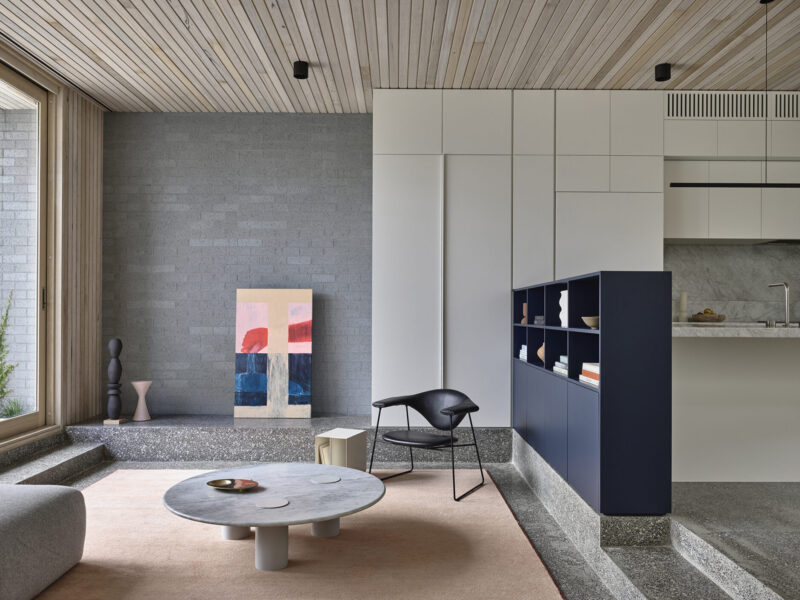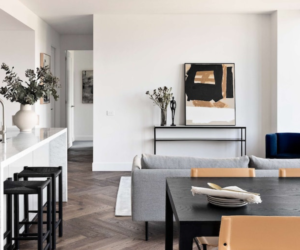How to choose between an architect or building designer
Deciding Between an Architect or a Building Designer for Your Project
When you’re considering a new build or a significant renovation to your current property, the choice between employing an architect or a building designer can be tricky. To make an informed decision, you need to understand the specific roles and duties of these professionals. In Australia, both professions have accreditation and are subject to regulations, with architects typically delivering more bespoke and sophisticated designs, often at a steeper price.
Recognising the Significance of Professional Advice
The prospect of taking on a construction or renovation project without professional help might seem appealing, primarily due to the impact of online, print, and TV media. However, when homeowners dive into the process, they often realise the enormous benefits of professional assistance. The myriad decisions that come with building a new home can quickly overwhelm most homeowners. Architects, who have a thorough understanding of the intricate construction process, can offer vital expertise and facilitate communication with builders.
Understanding the Different Education and Regulatory Obligations
In Australia, architects must be registered with the state and abide by state-specific legislation. The path to becoming a registered architect involves obtaining an architecture degree, acquiring professional experience, passing an examination, and securing the appropriate liability insurance.
Conversely, building designers, governed by their own diverse state laws, can come from any design-related field. They might hold a building design diploma or an architecture degree. Some choose to register with the Building Designers Association of Australia, although it’s not mandatory. It’s important to note that some Australian regions allow individuals to operate as building designers without any qualifications. However, Victoria, Queensland, and Tasmania impose stricter accreditation requirements on building designers.
Defining the Roles of Building Designers and Architects
Building designers offer services akin to architects, which encompass drafting building plans, estimating labour and material needs and costs, interpreting building codes, and preparing all necessary paperwork for your project. They can either work directly for a builder or liaise with you.
In contrast, an architect supervises your project from the initial design sketches all the way to construction site supervision. Fiona Dunin, founder and director of FMD Architects, clarifies that architects manage the project, all required approvals, documentation, and building permits, thereby easing client stress. Architect Jet O’Rourke further highlights that architects add value by taking into account aspects like views, natural light, ventilation, landscape integration, and material selection.
Making a Knowledgeable Choice
The decision between an architect or a building designer should factor in their previous projects and valid accreditations. The scope, size, and complexity of your project, as well as the professional’s style, should also inform your decision.
The fee structure for architects can vary quite a bit. Some operate on a fixed fee, while others charge a percentage of the overall project cost. Building designers, on the other hand, usually charge between three to five percent of your total building expense, but this rate can fluctuate depending on their experience and accreditation.
The choice between an architect or a building designer for a construction project depends on several factors, including your understanding of their roles, the scope and complexity of your project, as well as budget considerations. While both professionals offer valuable services, they have different educational and regulatory backgrounds, and their services can differ significantly. Architects, often at a higher price, provide comprehensive oversight, from initial sketches to on-site supervision, while building designers, with a wider range of potential backgrounds, offer essential services including plan drafting and cost estimates. Ultimately, the best decision relies on considering the professional’s previous projects, valid accreditations, style, and fee structure. Remember that while DIY might seem appealing, professional advice can be invaluable in navigating the complex process of a new build or significant renovation.
Find the right design professional for your next project on CO-architecture
Published by CO-architecture



